
Top 9 APM Tools for Node.js Performance Monitoring
Anjali Udasi

Choosing the Right APM for Go: 11 Tools Worth Your Time
Faiz Shaikh

Top 11 Java APM Tools: A Comprehensive Comparison
Anjali Udasi

Top 13 Application Performance Monitoring Tools
Anjali Udasi

Jaeger Monitoring: Essential Metrics and Alerting for Production Tracing Systems
Anjali Udasi

How to Run Elasticsearch on Kubernetes
Anjali Udasi

11 Best Log Monitoring Tools for Developers in 2025
Anjali Udasi

Grafana Tempo vs Jaeger: Key Features, Differences, and When to Use Each
Anjali Udasi

Top 11 Application Logging Tools for DevOps Engineers in 2025
Faiz Shaikh

Top 7 Microservices Monitoring Tools to Consider in 2025
Anjali Udasi

Getting Started with Bun.js: A Quick Guide
Prathamesh Sonpatki

Cloudcraft: A Simple Tool for Cloud Architecture Design
Anjali Udasi

7 Best DigitalOcean Alternatives for Developers in 2025
Anjali Udasi

gRPC vs HTTP vs REST: Which is Right for Your Application?
Anjali Udasi

Top 7 Cloud Providers: The Best AWS Alternatives
Anjali Udasi

Splunk vs. Datadog: A Side-by-Side Comparison
Anjali Udasi

Top 5 Firebase Alternatives for 2024: Best Picks
Anjali Udasi

The Best Heroku Alternatives for Developers in 2024
Anjali Udasi

The Best Linux Monitoring Tools for 2024
Anjali Udasi

Datadog vs Dynatrace: A Comprehensive Comparison
Anjali Udasi

Fluentd vs Fluent Bit – A Comprehensive Overview
Prathamesh Sonpatki, Anjali Udasi
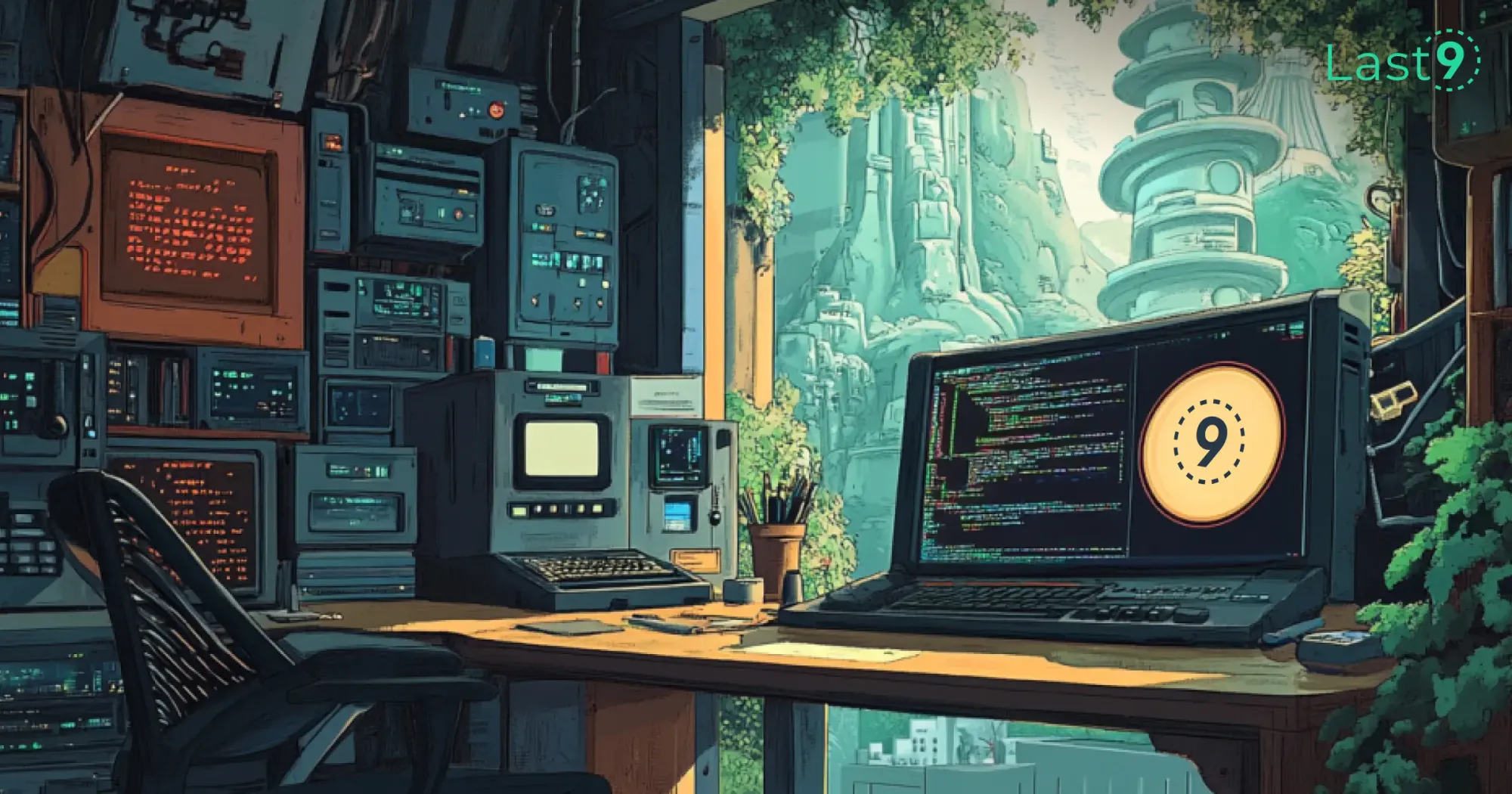
Top 5 Open Source SIEM Tools for Security Monitoring
Anjali Udasi

Filebeat vs Logstash: Key Differences for Your Logging Needs
Anjali Udasi
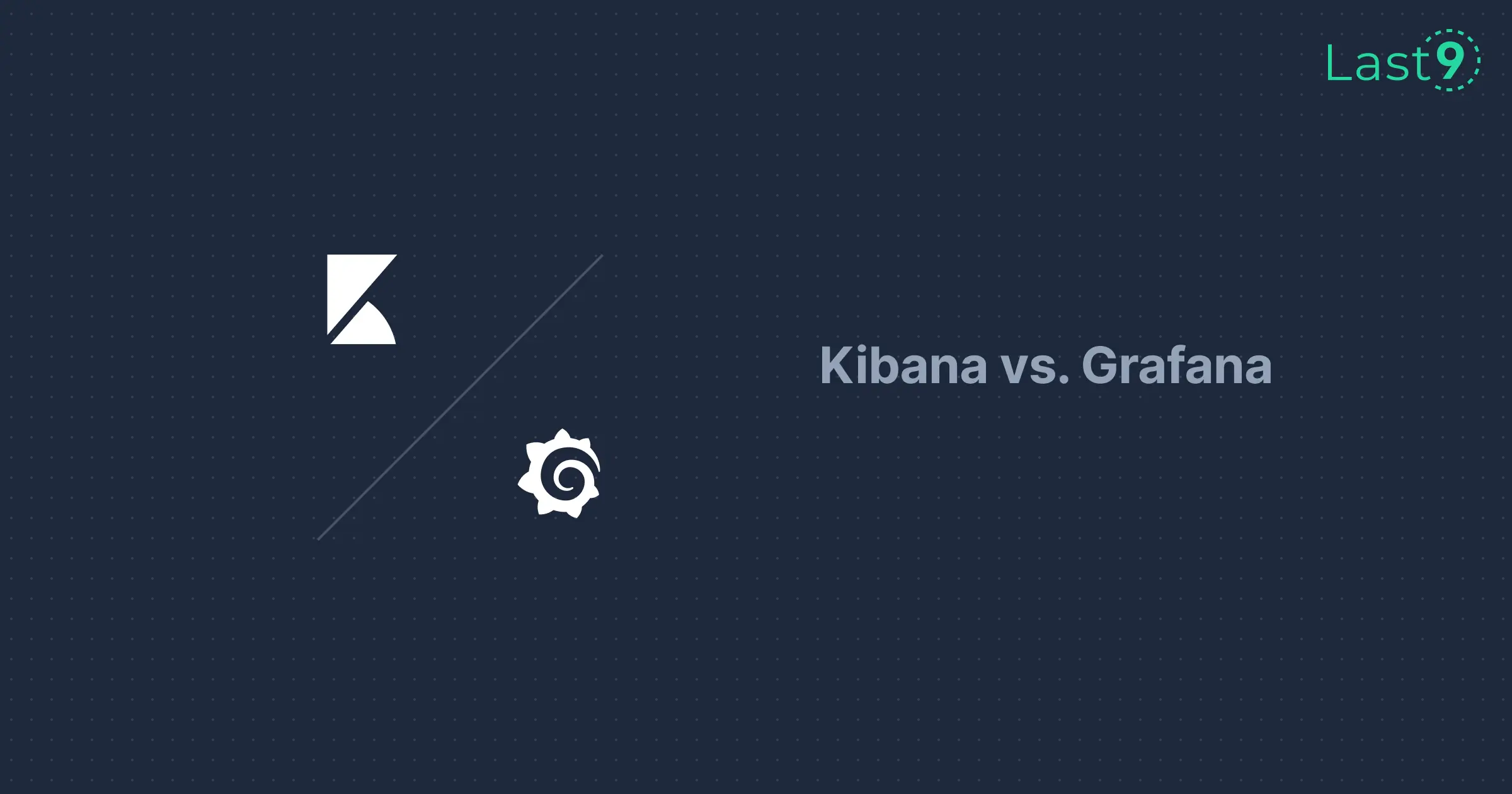
Kibana vs Grafana: Key Differences and Use Cases
Anjali Udasi

Extracting Account-Level CDN Metrics from Akamai Logs with Last9
Prathamesh Sonpatki, Aditya Godbole
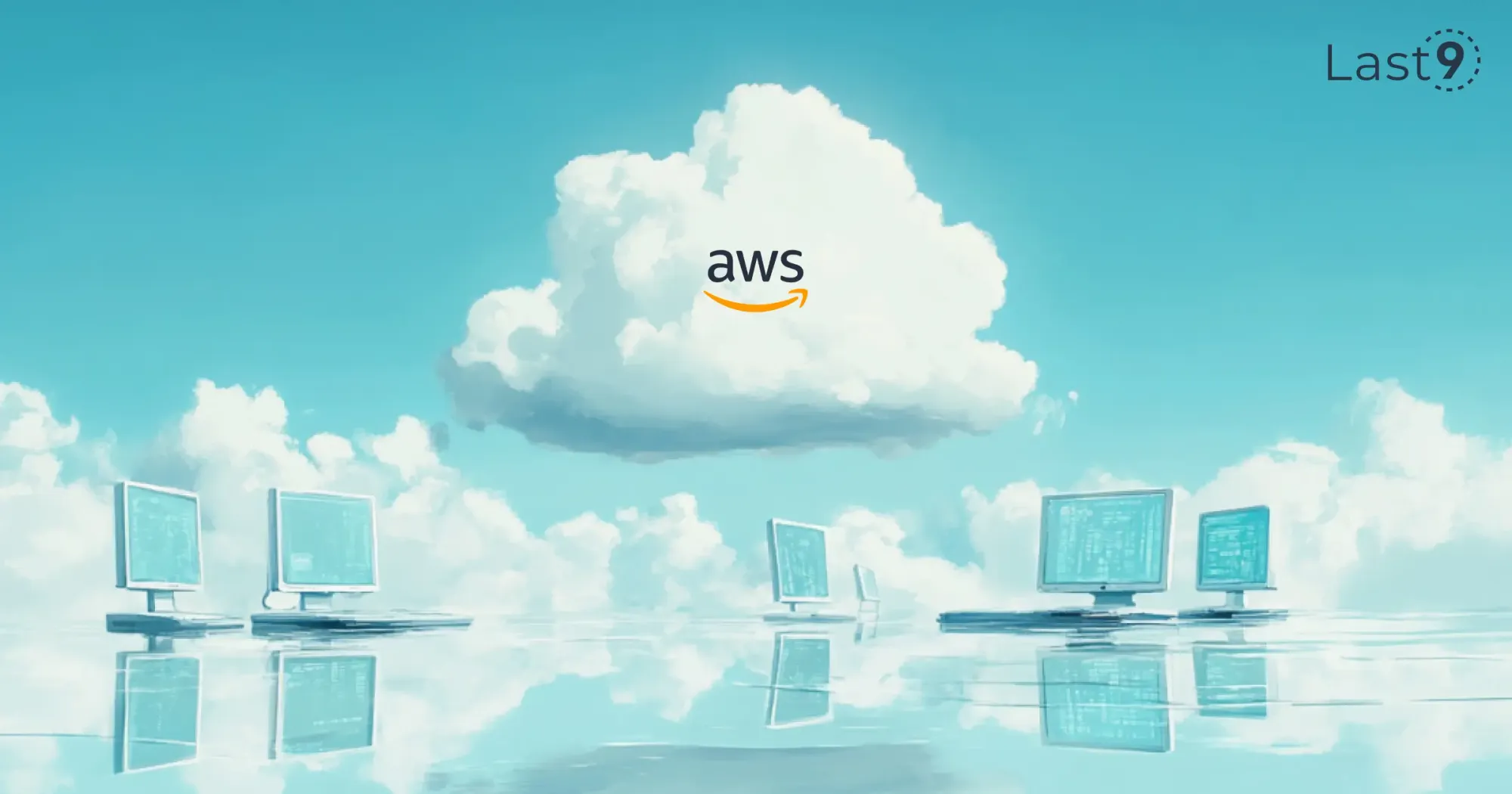
AWS Monitoring Tools to Optimize Cloud Performance
Anjali Udasi

OpenSearch vs. Elasticsearch: What’s the Real Difference?
Anjali Udasi
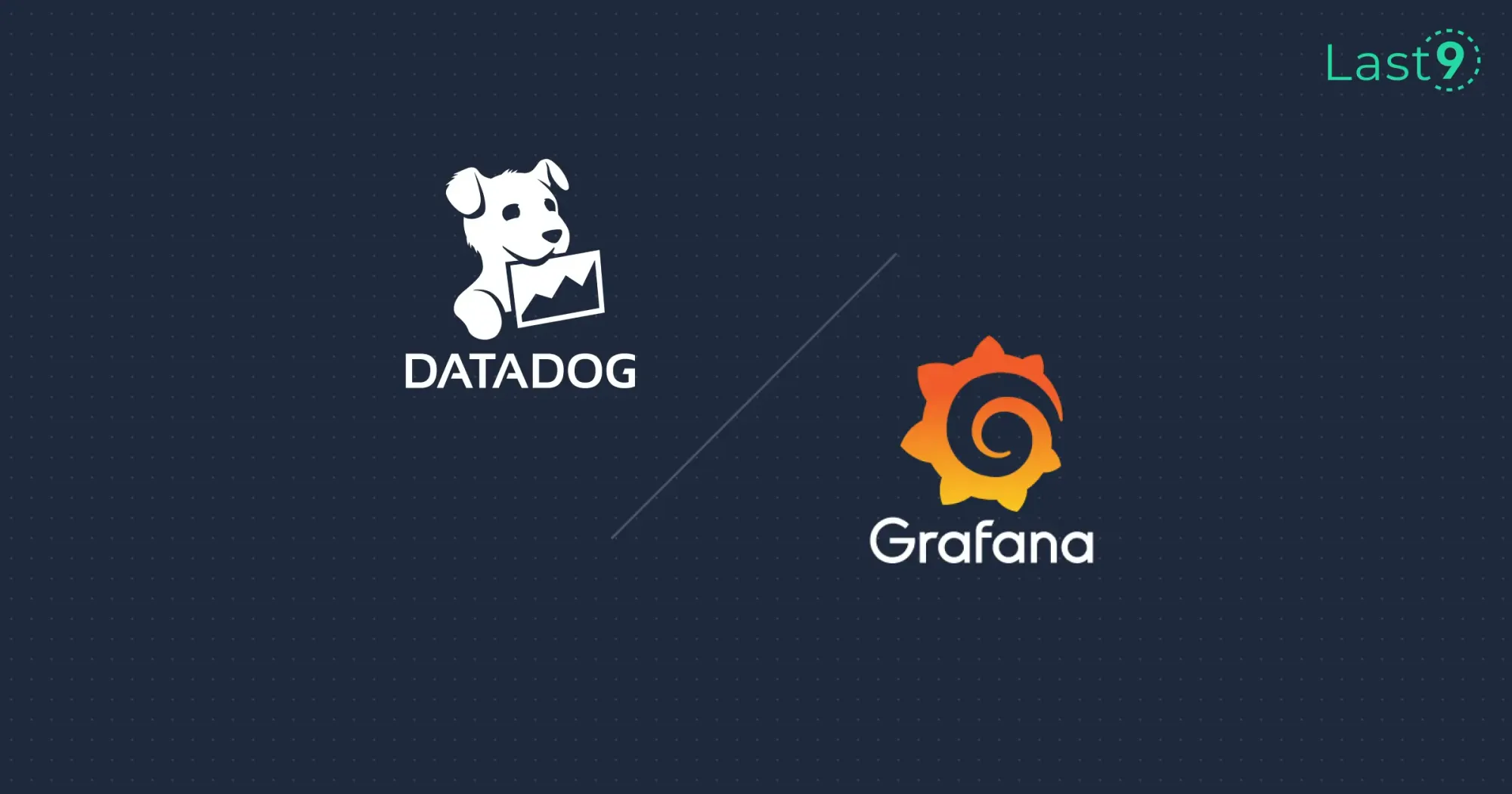
Datadog vs. Grafana: Finding Your Ideal Monitoring Tool
Anjali Udasi

9 Datadog Alternatives Worth Considering in 2025
Anjali Udasi

Top 10 Platform Engineering Tools in 2024
Prathamesh Sonpatki

A Deep Dive into Log Aggregation Tools
Anjali Udasi

What do self-driving cars tell us about Site Reliability Engineering?
Mohan Dutt Parashar

Understanding “Cricket Scale”
Aniket Rao
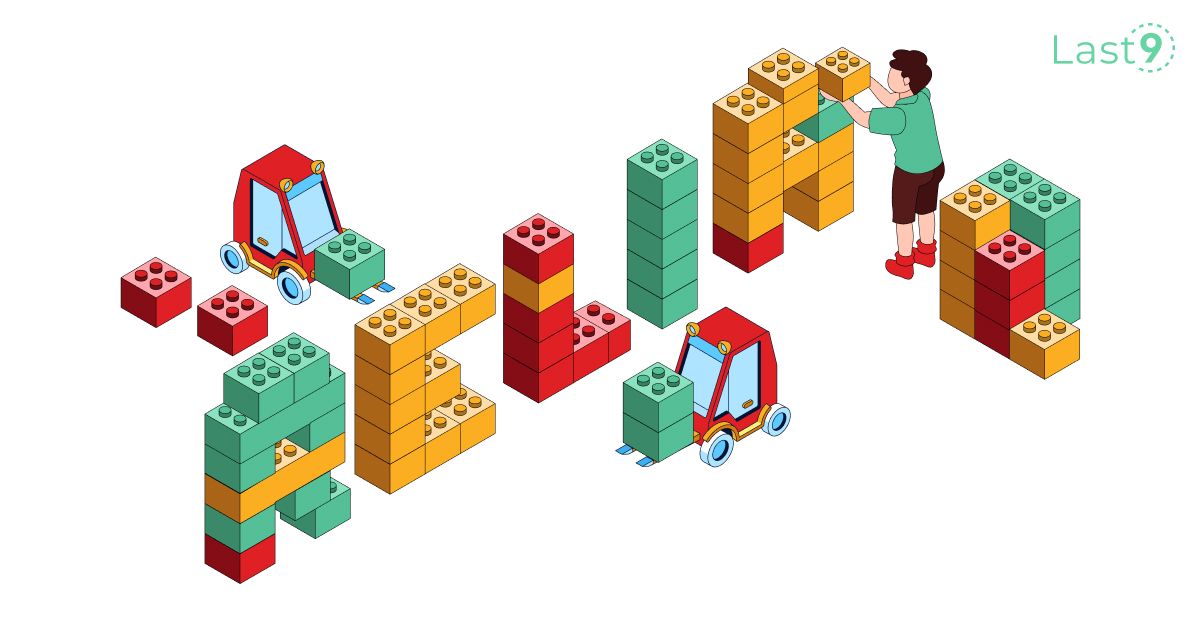
Reliability Engineering for Dummies: ELI5
Mohan Dutt Parashar
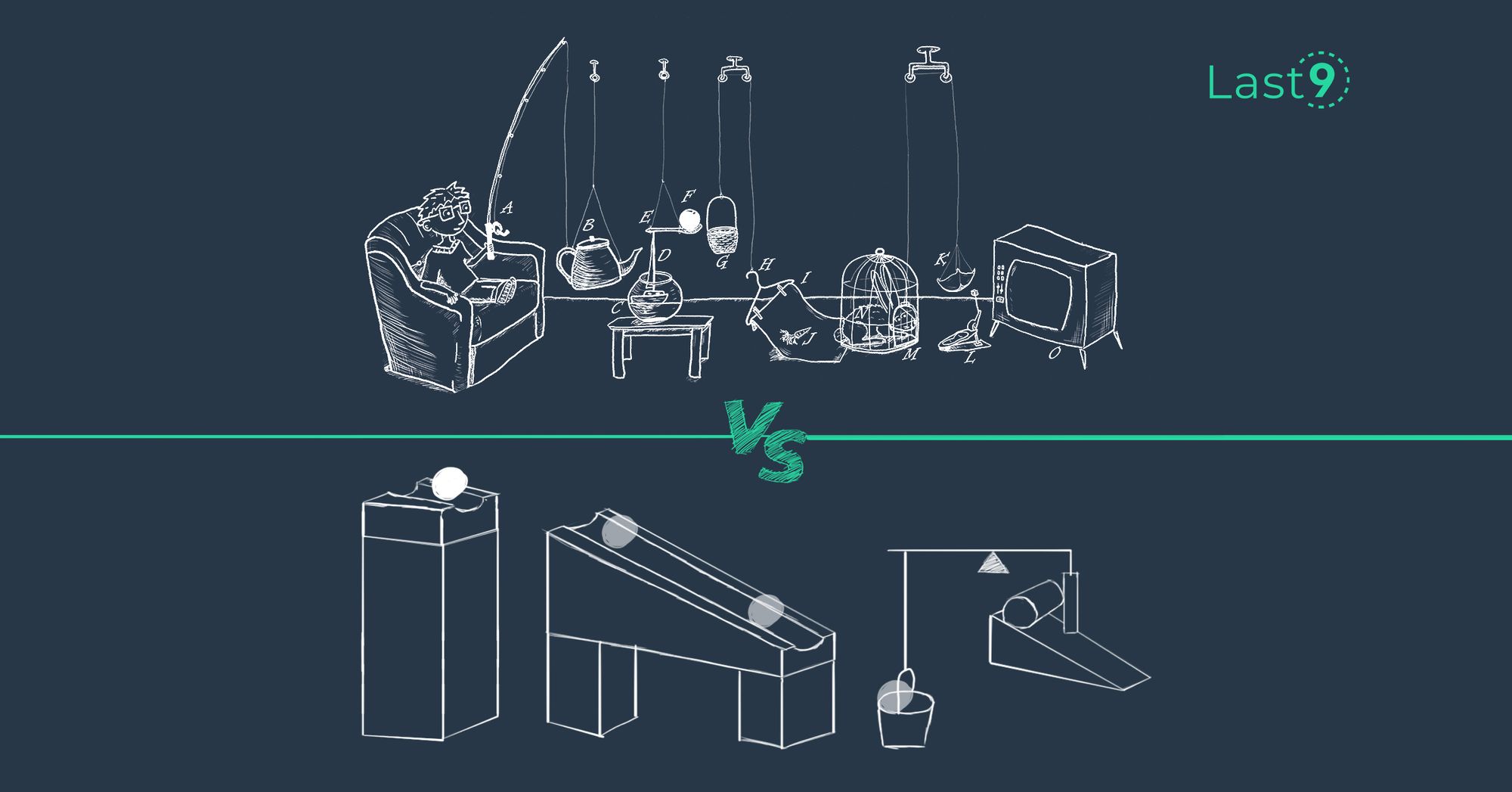
Self-managed Prometheus vs Managed Prometheus
Last9
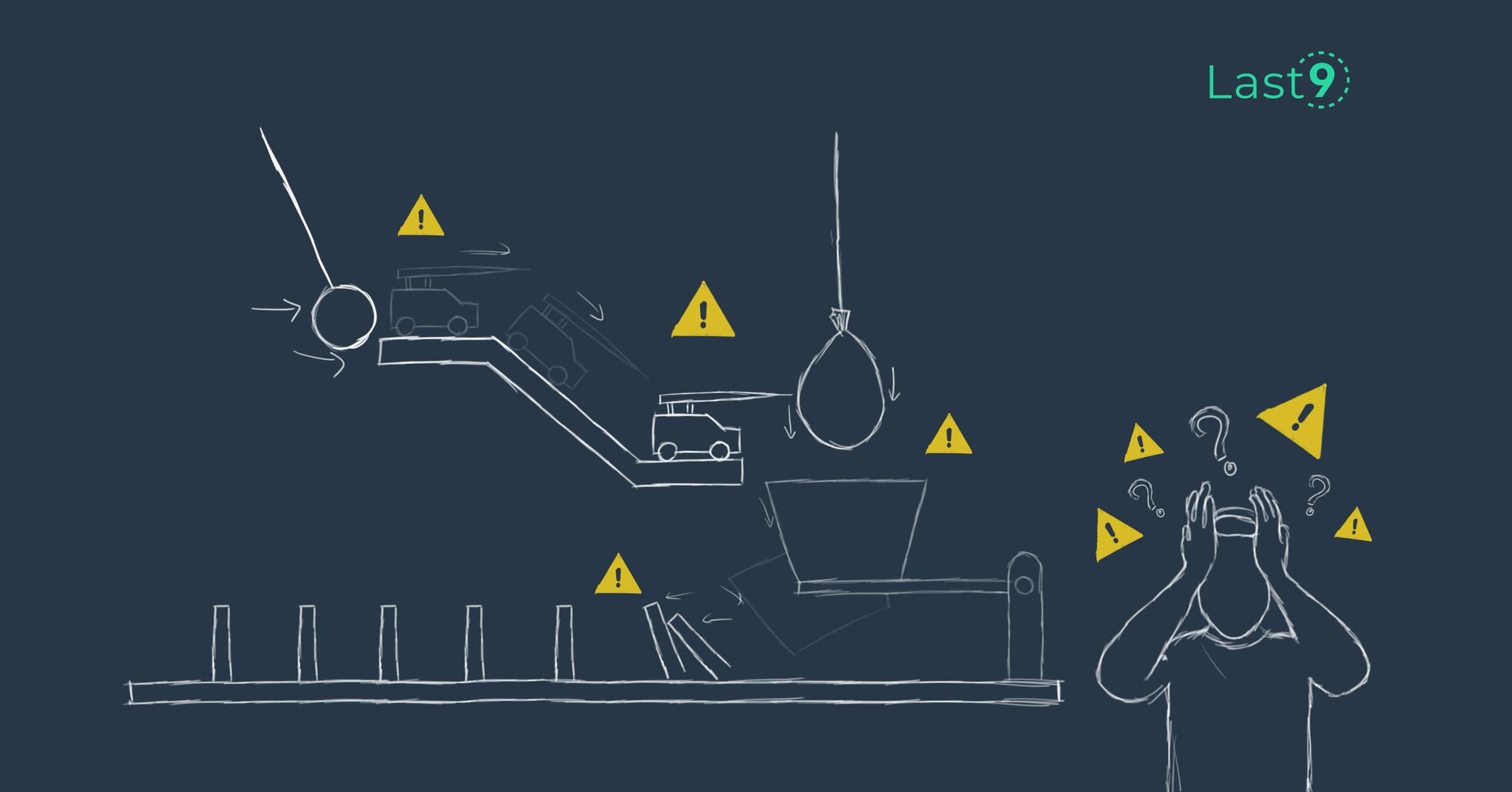
Battling Alert Fatigue
Last9
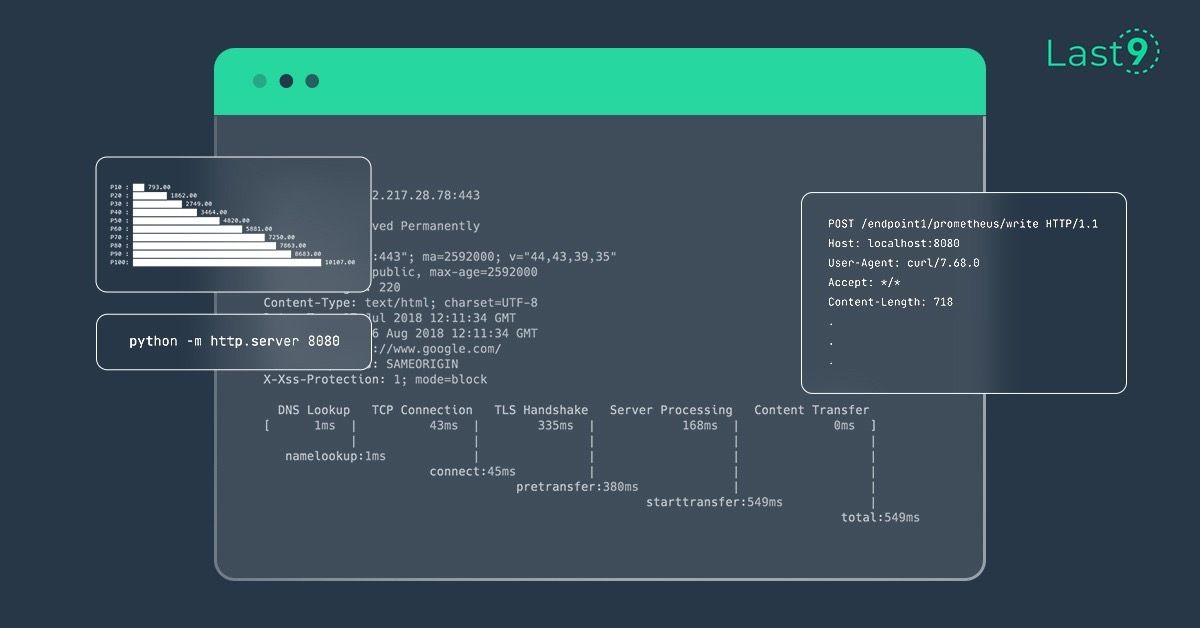
How to calculate HTTP content-length metrics on cli
Saurabh Hirani
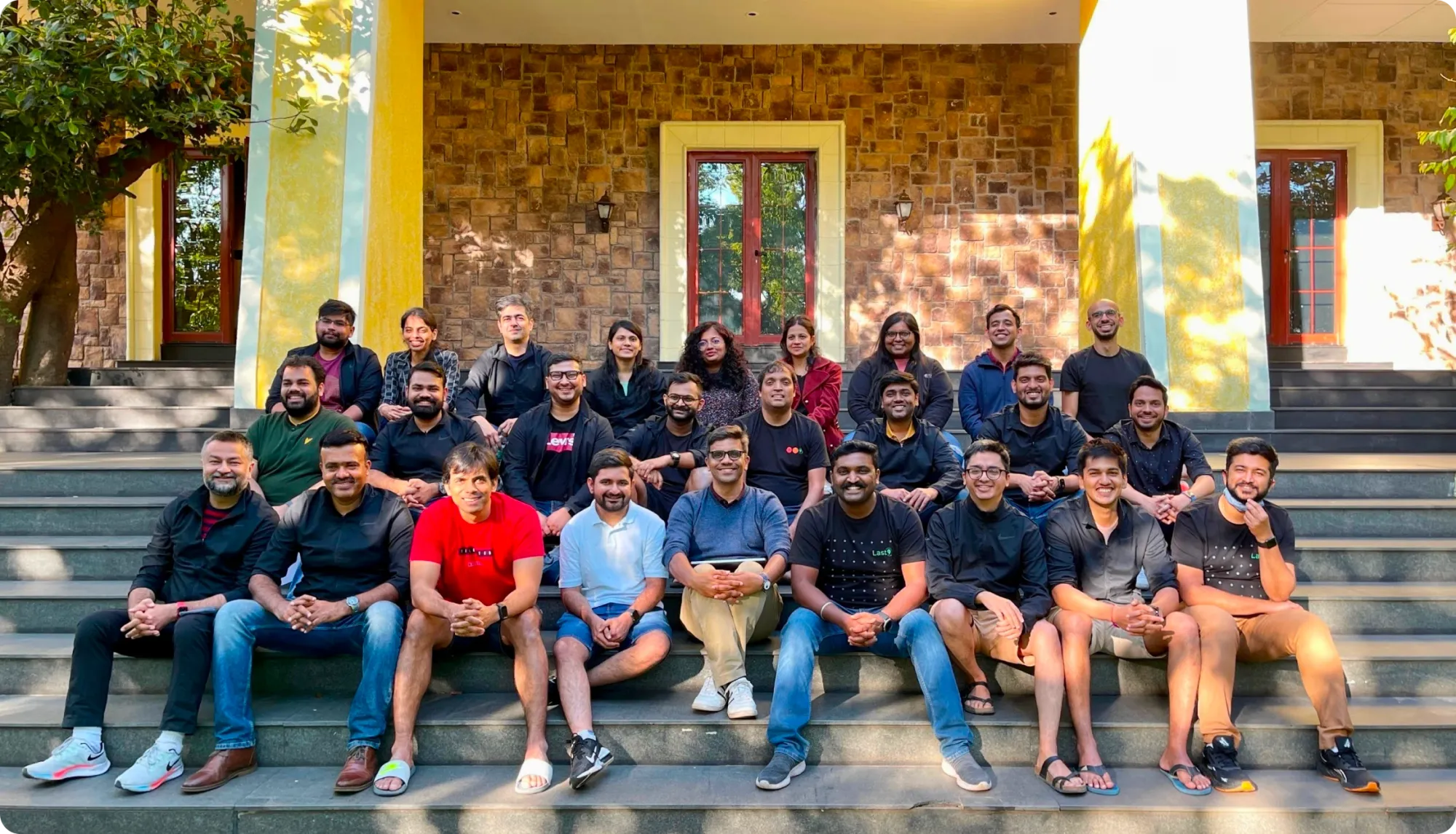
We’ve raised a $11M Series A led by Sequoia Capital India!
Nishant Modak

The origin of Service Level Objectives
Akshay Chugh, Piyush Verma
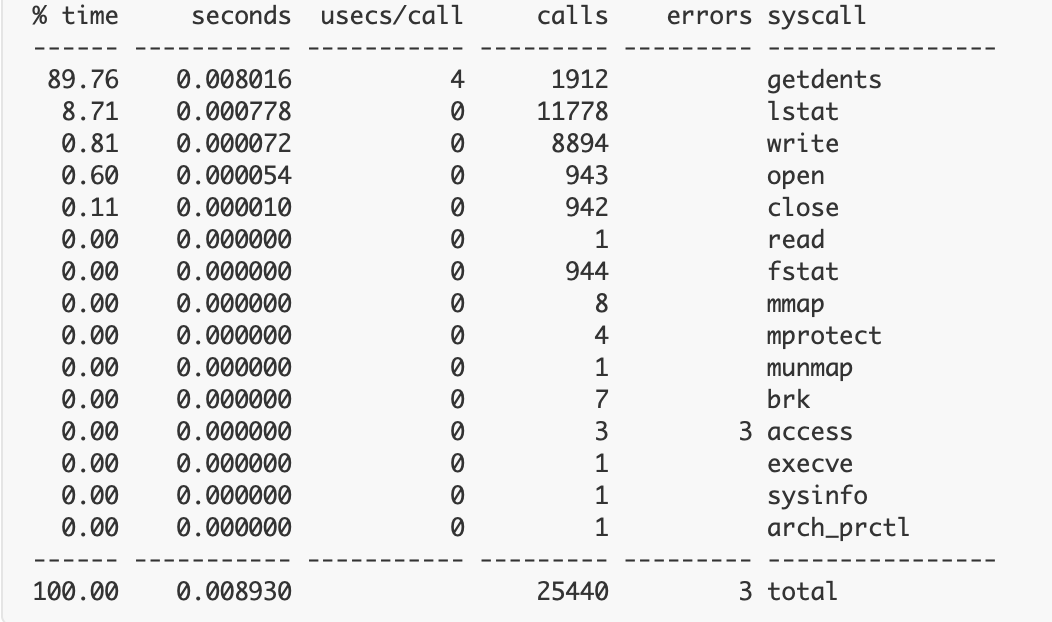
Strace – A Hidden Superpower
Akshat Goyal, Prathamesh Sonpatki

Infrastructure-As-Code-As-Software
Piyush Verma